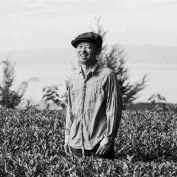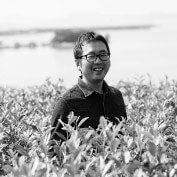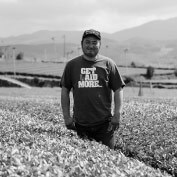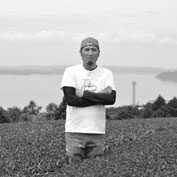

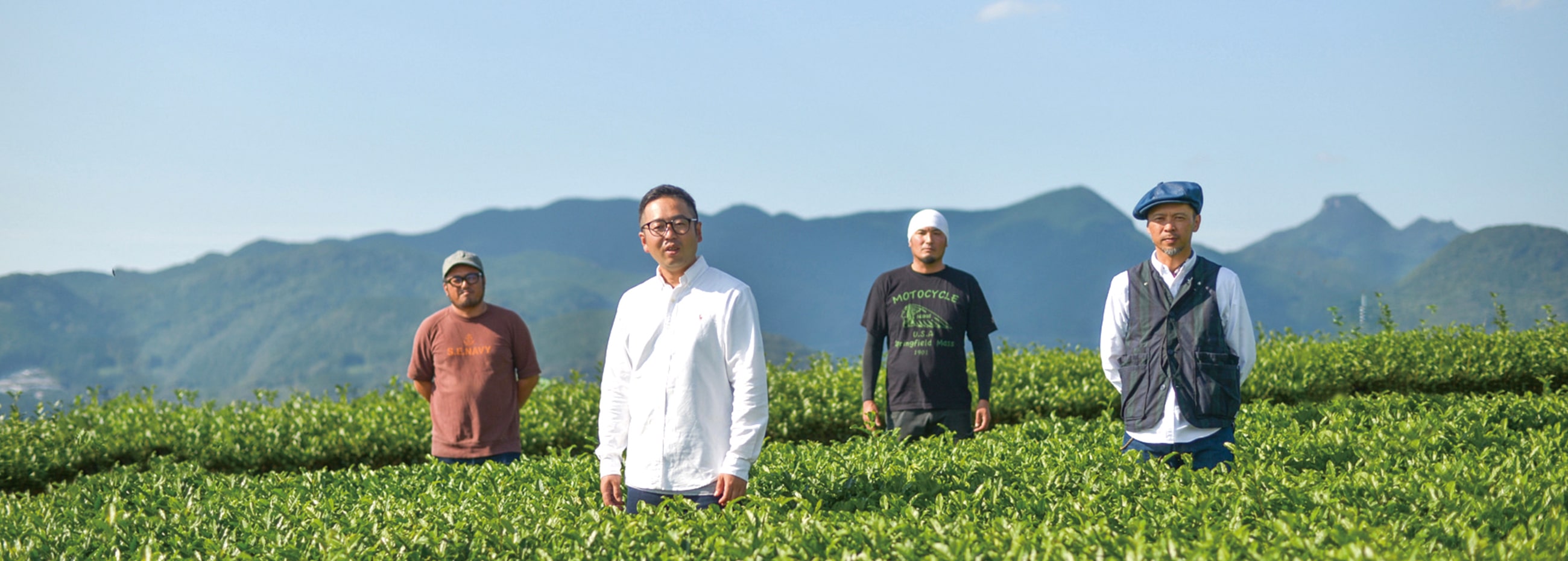
Young tea farmers from established tea-growing families in Sonogi present
the world with new ways to make and enjoy tea. These four farmers are just like us.
For more information please contact us
(Director, fourth generation)
Farm: Ohyama Seichaen
Years in Operation: 98
Awards: Prime Minister's Award, Minister of Agriculture, Forestry and Fisheries Award
Cultivation Area: 9 ha
Hobbies: Music (collecting 7-inch LPs, soul, reggae, etc.)
With our motto of “making tea to connect people and soften their hearts,” we diligently produce tea in our family factory while avoiding undue stress on the tea plants and paying attention to the environment. We are searching for a new kind of tea farmer for a future in which tea from Nagasaki is enjoyed overseas and local tea producers are able to make a steady supply of quality tea.
(Director, fourth generation)
Farm: Tozaka Chaen
Years in Operation: 59 (Originally we employed pan-frying, but in 1978, the year I was born we changed to steaming.)
Cultivation Area: 2 ha
Hobbies: Anything related to tea and the ocean; spending time with his family
By sticking to manual cultivation as much as possible, our unique, warm taste is born in tea that is carefully rolled pan by pan. We hope to make tea that is a true delicacy, giving cheer to people’s lives while also responding to changes in Japanese lifestyle and deepening partnerships with both domestic and overseas manufacturers in ways that go beyond the regular role of the tea farmer.
(third generation)
Farm: Fukudaen
Cultivation Area: 8 ha
Hobbies: Enjoying my own time; eating soba; reading manga
We use an organic fertilizer that we mix ourselves and cultivate tea varieties suited to the local soil. We roll the tea leaves carefully and deliberately so as not to break them during the production process. While tea consumption in Japan today is in decline, Sonogi tea has a lot of potential if our passion can be conveyed to consumers. With confidence and pride as tea farmers, we continue to make efforts to pioneer the future of tea.
(Director)
Farm: Nakayama Chaen
Years in Operation: 70
Awards: Minister of Agriculture, Forestry and Fisheries Award
Cultivation Area: 6 ha
Hobbies: Lure fishing
With environmentally friendly agriculture at our core, we pay close attention to soil cultivation that is good for the land by using a uniquely mixed organic fertilizer several times a year. While green tea consumption in general is in decline, we want to communicate the yearlong process of how green tea is produced as well as our scrupulousness by organizing workshops in order to establish the distinctly superior character of our tea. Through these new initiatives, we hope to build partnerships not only with other tea farmers but also people from different industries.
(fourth generation)
Farm: Shinryoku no Sato
Years in Operation: 66
Cultivation Area: 8 ha
Hobbies: Playing the guitar, growing vegetables
With our use of originally blended organic fertilizer as well as special steaming method, we express a rich taste and aspire to make a truly unique tea. As a brand, Sonogi tea has become increasingly recognized in the domestic market through our workshops. Acknowledging the region’s history of exporting tea, we aim to make tea not just for the Japanese market but also overseas.
(Director, third generation)
Farm: Onoue Chaen
Years in Operation: 70
Cultivation Area: 8 ha
Hobbies: Fishing
We think that soil cultivation using our original organic fermented fertilizer should be our primary concern. Choosing the right control carefully for each tea field, we change the way of steaming the tea leaves and the manufacturing process according to the year. Whilst there is a boom of green tea abroad, we would also like Japanese people to know about the real taste of green tea from a tea pot, taking the time as people do to make coffee and black tea.

Originally farmers grow tea by planting seeds in soil and cultivating the buds. Our first-class varieties of tea are made from cultivars selected based on their excellence. The compatibility with the soil differs from tea to tea, creating unique flavors and aromas for each variety. The following are our Six premier teas.
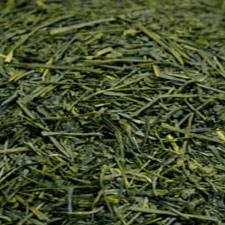
What is generally known around the world as “green tea” is sencha, the standard type of ryokucha (green tea).
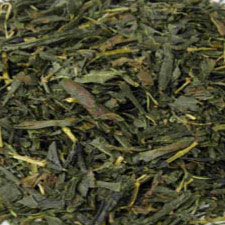
Bancha contains very little caffeine and is widely recommended in the European macrobiotics scene.
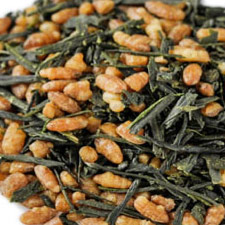
This popular tea with a distinctive aroma is widely consumed at home.
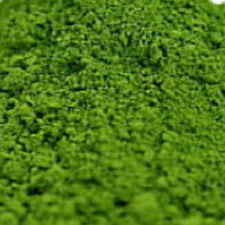
Traditionally used in the tea ceremony, matcha powder today attracts international attention for the new potential it offers in food and drink.
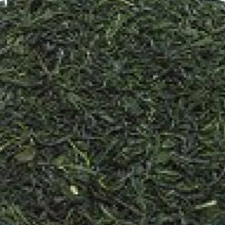
Green tea in Nagasaki means mushisei tamaryokucha! The steaming process creates a mild yet deeply flavored tea.
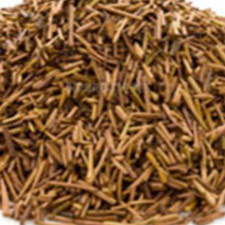
Similarly to bancha, hojicha is suitable for drinking at night due to it's low levels of caffeine.
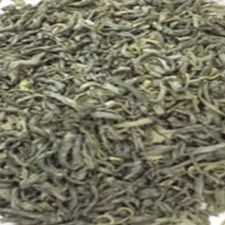
Pan-frying adds fragrance to green tea! Kamairicha was a popular choice during the Edo period (1603–1868).
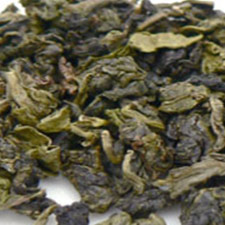
Also known as Chinese tea, oolong tea is grown in Sonogi.
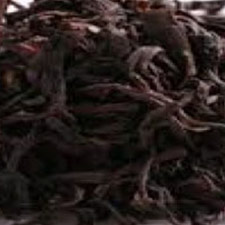
The tea that is most popular in Europe and around the world is also produced in Sonogi.

Tea tastes better when brewed the right way. Making tea correctly extracts the flavors even more.
Try brewing tea by the method below in order to learn how to enjoy Japanese tea.








Tea tastes better when brewed the right way. Making tea correctly extracts the flavors even more.
Try brewing tea by the method below in order to learn how to enjoy Japanese tea.
